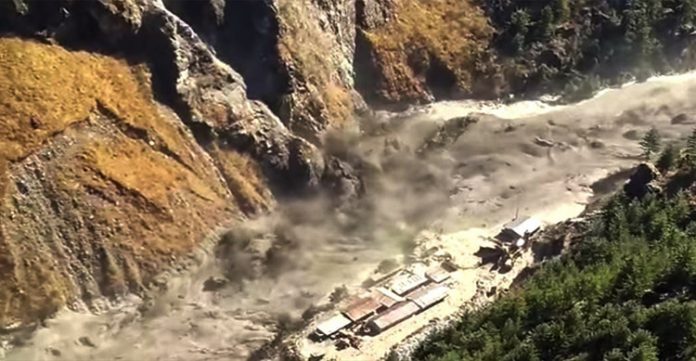The Ministry of Science and Technology along with the IIT Kanpur recently conducted a study based on how satellites can monitor the Himalayan glacial catchments. This would help the experts predict the flood risk in the region.
Integration of Monitoring Devices With Satellite Networks Will Assist Connectivity in Dead Zones
The authors of the study explained that the integration of the monitoring devices with satellite networks will ensure that there is telemetry support in remote locations that lack complete cellular connectivity. Along with greater connectivity coverage that will include cellular dead zones in extreme areas like valleys, cliffs and steep slopes.
ALSO READ: NewSpace India Pvt Ltd Gets Four Satellite Launch Orders; Marks 2nd Anniversary
The scientists from the IIT Kanpur said that this is the future strategy to reduce the amount of human loss during any Glacial Lake Outburst Floods (GLOF). The study was carried out by Dr Tanuj Shukla and Professor Indra Sekhar Sen. Along with the Department of Science and Technology, Government of India and the study is published in the International Journal “Science”.
The IIT Kanpur team suggests that the efforts to help mitigate GLOF events in the future will include the creation of a network satellite based monitoring stations which would provide real-time data. The study also states that the temperature and the numbers of extreme rainfall events are currently at a rise and at a much increased rate because of climate change. It is also called the Earth’s “Third Pole”.
The Himalayan region is home to the largest ice mass outside the Polar Regions.
Lack of Cellular Activities Makes Early Flood Warning Impossible
The study warns that the glaciers in the Himalayas are melting at a high rate which is creating new lakes and expanding the current ones. Furthermore, the rising temperature and extreme precipitation have made the region more vulnerable to natural hazards.
GLOFs generally occur when there is a natural damn that contains a glacial lake burts or when the level of the lakes suddenly increases and overflows the banks.
The study referred to the 2013 case when a glacial moraine holding back the Chorabari Lake in the northern India released a sudden torrent of water, boulder and debris. It went on to the river below which resulted in the deaths of more than 5000 people.
ALSO READ: Russia Launches Satellite To Arctic
What made the situation worse was the fact that there was no cellular connectivity in the region which made the early warning impossible.


